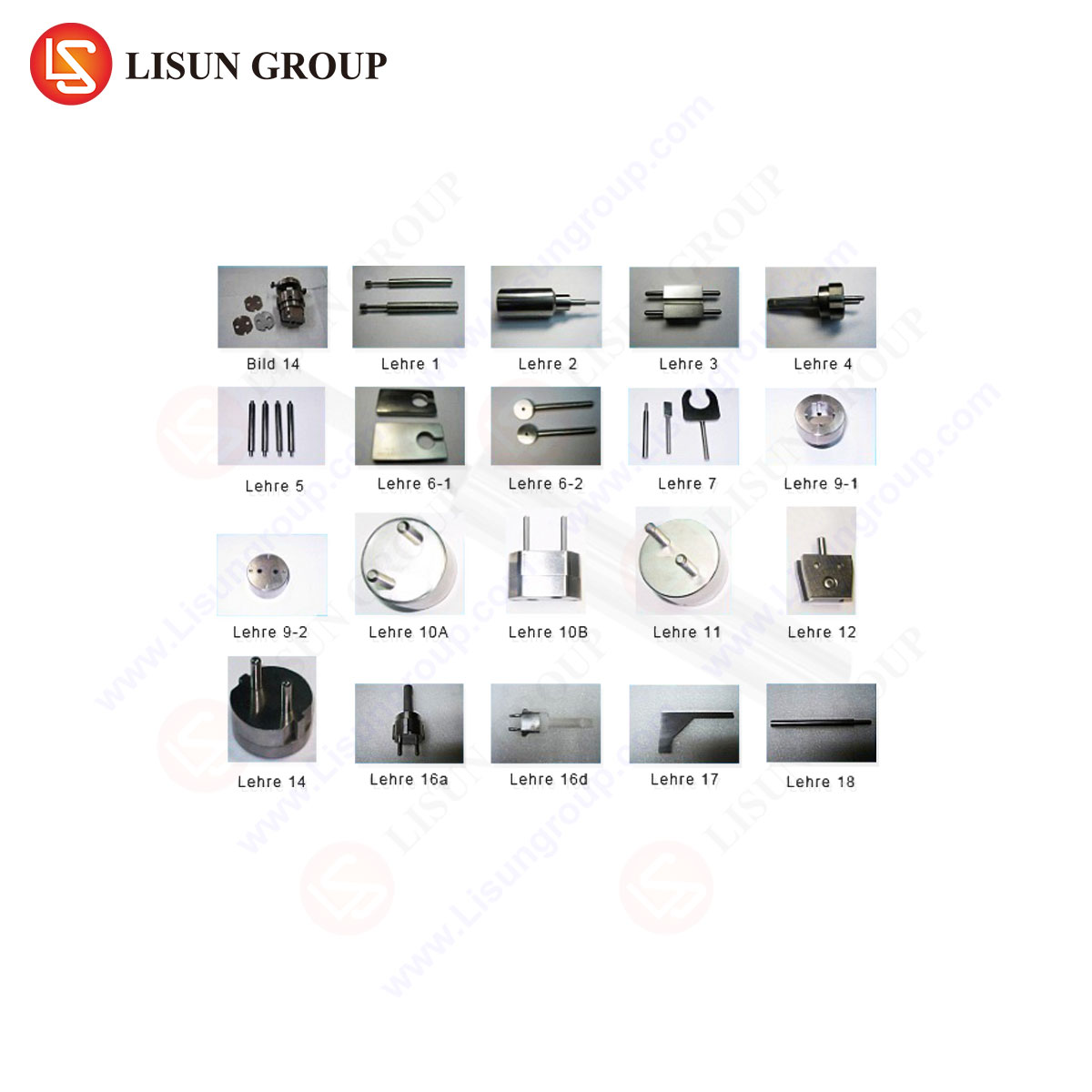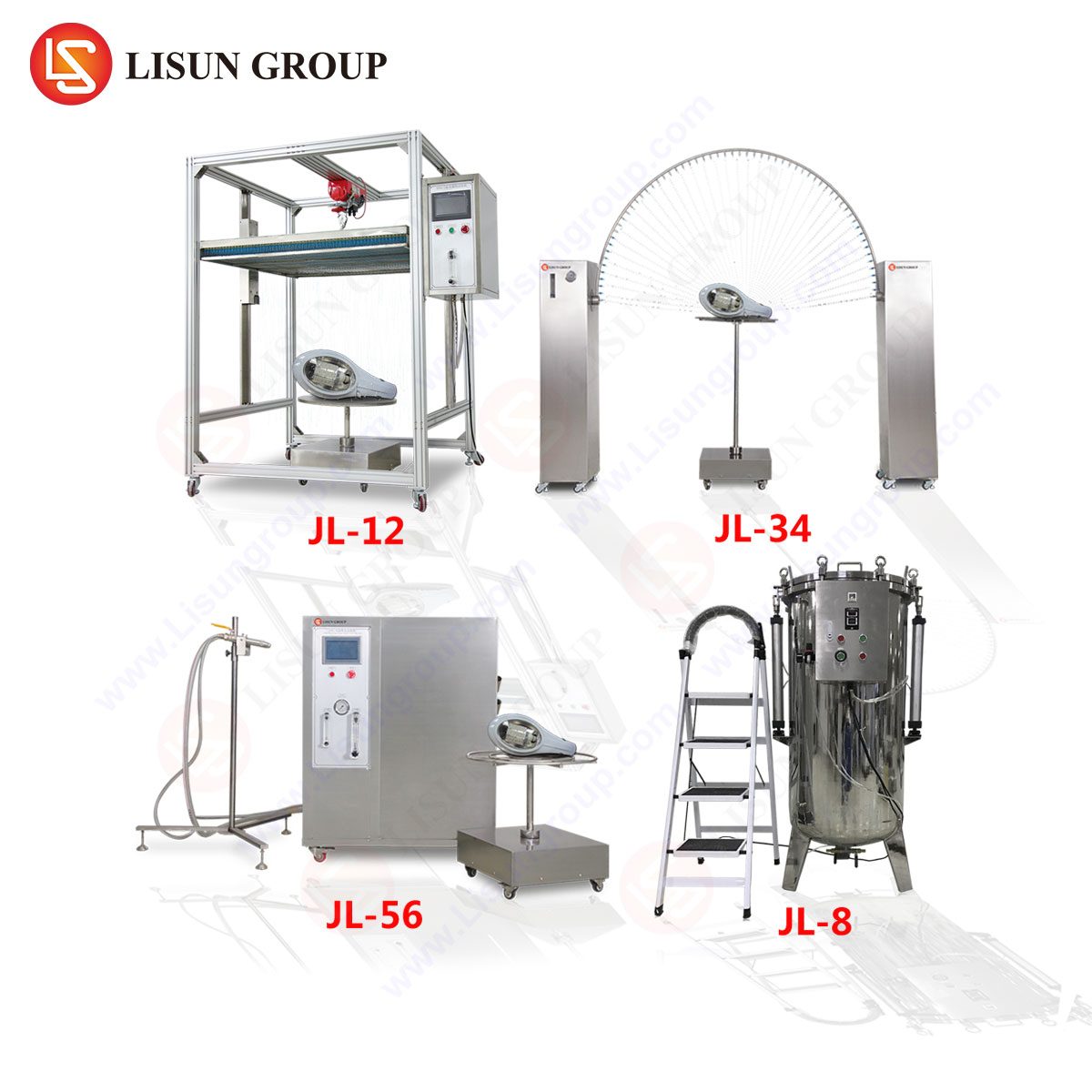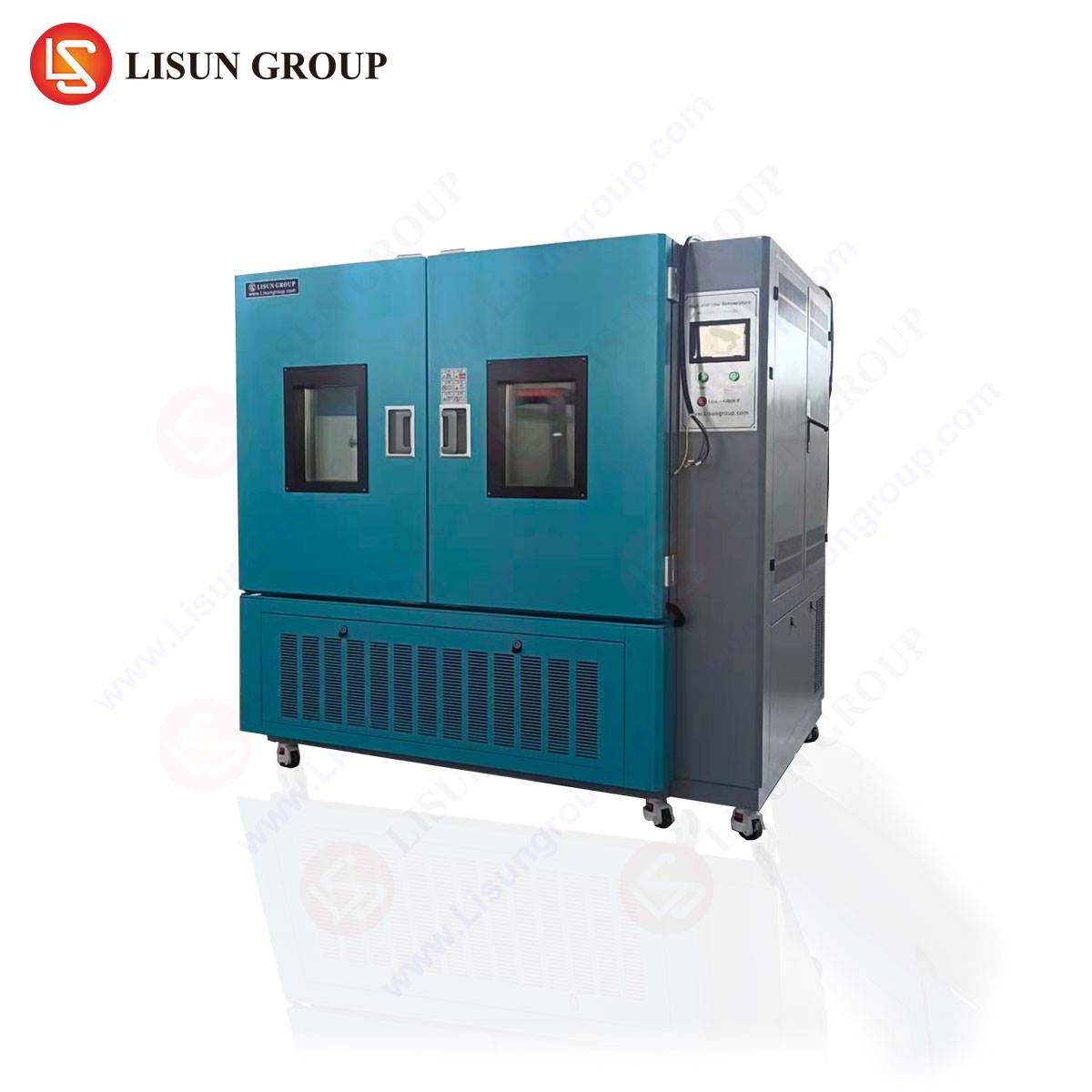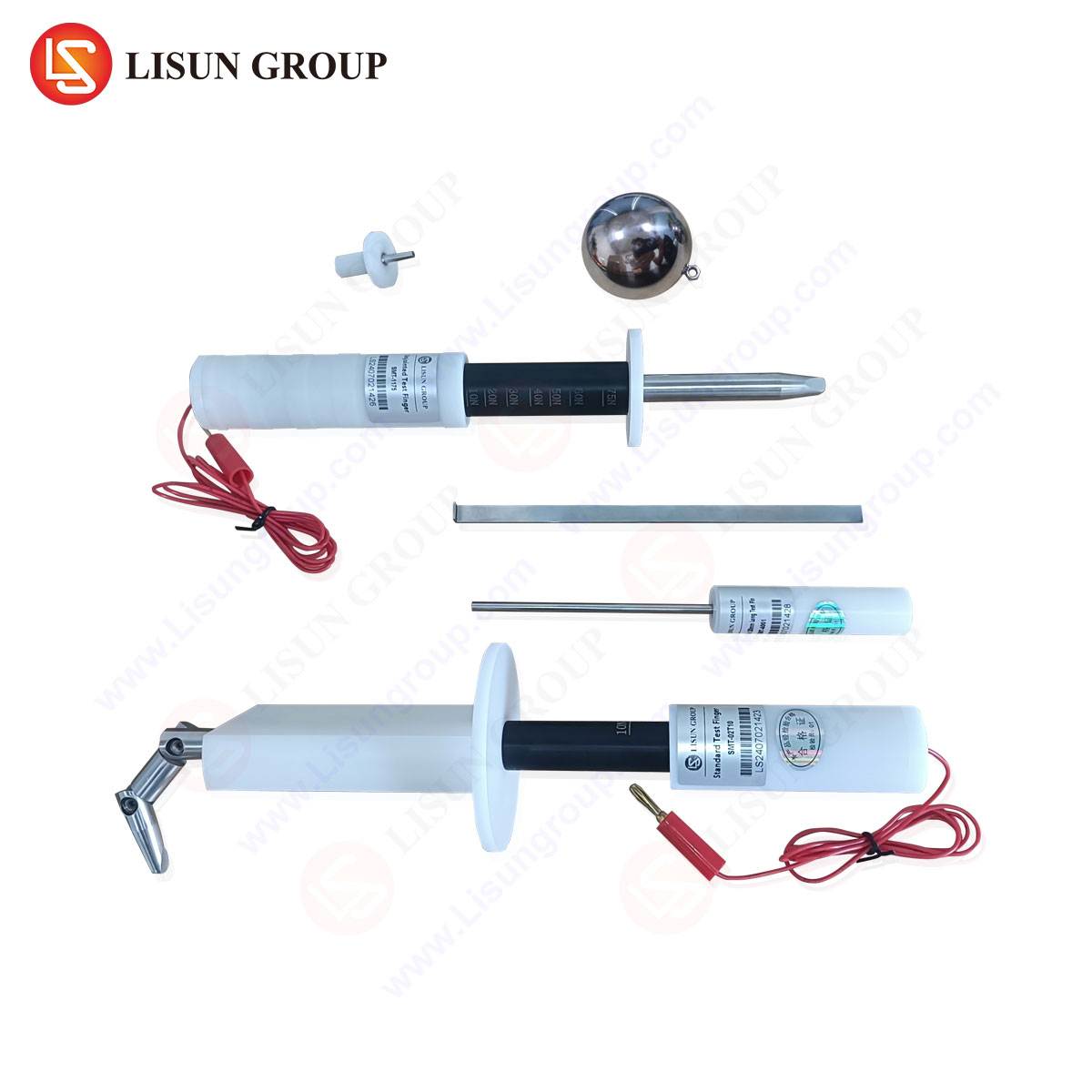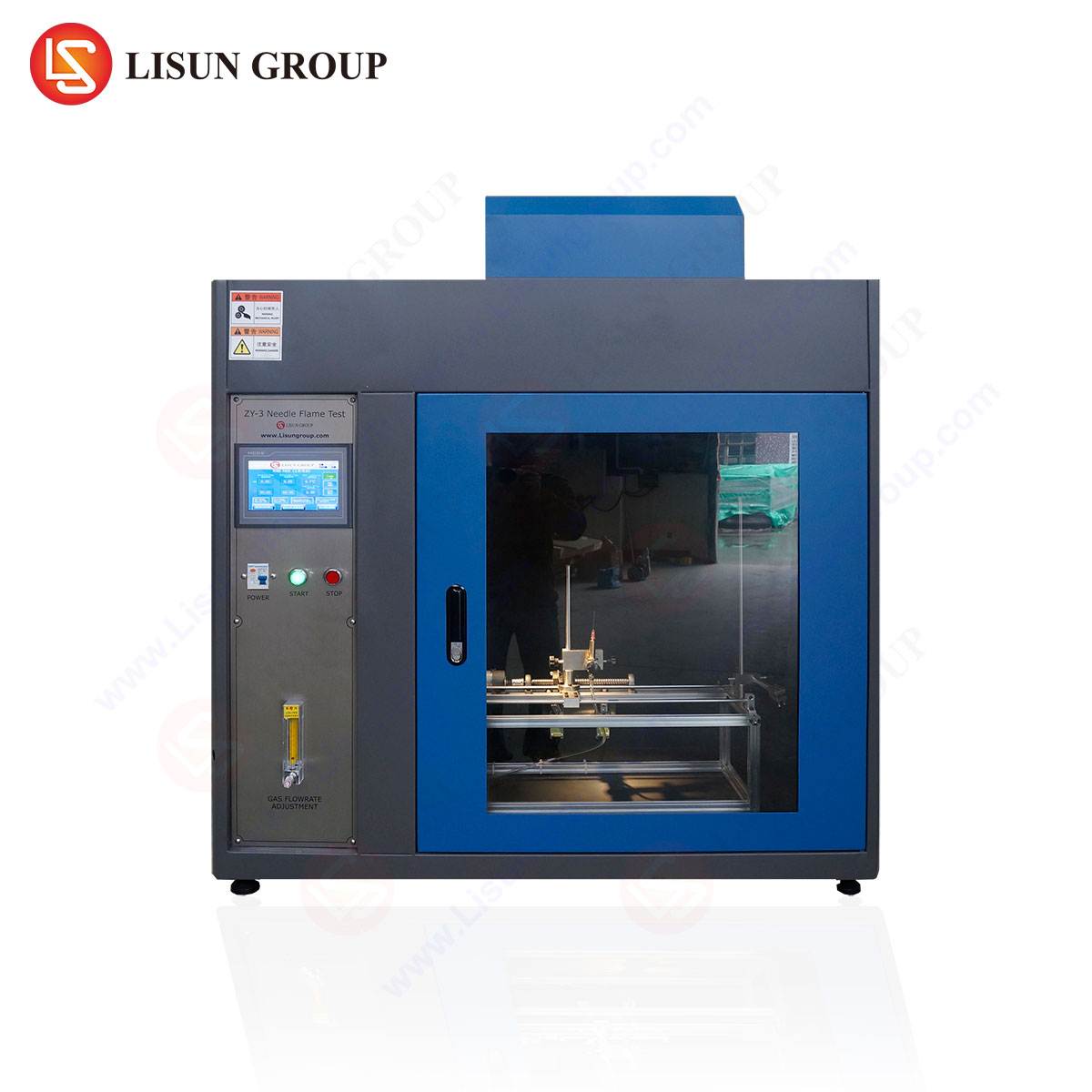Introduction to Glow Wire Testing
Glow wire testing is a critical evaluation method used to assess the flammability and thermal resistance of materials and components in electrical and electronic equipment. This standardized procedure simulates thermal stress conditions that may arise due to overheating, electrical faults, or component failures. The test determines whether a material ignites, sustains combustion, or propagates flames when exposed to a heated wire at specified temperatures. Compliance with glow wire testing standards is mandatory in industries such as household appliances, automotive electronics, and medical devices to ensure product safety and regulatory adherence.
Principles of Glow Wire Testing
The test involves applying a heated Nichrome wire (the “glow wire”) to a specimen under controlled conditions. The wire is heated to a predetermined temperature, typically ranging from 550°C to 960°C, depending on the material and application. Key parameters evaluated include ignition time, flame duration, and the presence of molten droplets that could propagate fire.
The test adheres to international standards such as IEC 60695-2-10, IEC 60695-2-11, IEC 60695-2-12, and IEC 60695-2-13, which define the apparatus specifications, test procedures, and acceptance criteria. These standards ensure consistency in evaluating material behavior under thermal stress.
The LISUN ZRS-3H Glow-Wire Test Apparatus
The LISUN ZRS-3H Glow-Wire Test Apparatus is a precision instrument designed to conduct glow wire tests in compliance with IEC, UL, and GB standards. Its robust construction and advanced control systems make it suitable for laboratories and manufacturing facilities requiring high repeatability and accuracy.
Key Specifications
- Temperature Range: 50°C to 1000°C (±2°C accuracy)
- Heating Element: Nichrome wire (4mm diameter)
- Test Force: Adjustable from 0.8N to 1.2N
- Timer Accuracy: ±0.1s
- Dimensions: 500mm × 450mm × 550mm
- Power Supply: 220V AC, 50Hz
The apparatus features a digital PID temperature controller, automated test sequencing, and real-time data logging, ensuring precise adherence to testing protocols.
Testing Methodology and Procedure
Sample Preparation
Specimens must be representative of the final product, including any protective coatings or insulating layers. For electrical components such as switches or sockets, the test evaluates both the housing material and internal conductive parts.
Test Execution
- Preheating the Glow Wire: The Nichrome wire is heated to the target temperature (e.g., 750°C for household appliances).
- Application of Force: The wire is pressed against the specimen with a defined force (1.0N ± 0.2N).
- Observation Period: The specimen is monitored for ignition, flame persistence, and droplet formation for 30 seconds post-application.
- Post-Test Evaluation: The specimen must not ignite or, if ignition occurs, flames must self-extinguish within a specified duration.
Pass/Fail Criteria
- No Ignition: The material does not catch fire.
- Self-Extinguishing: Flames extinguish within 30 seconds without dripping.
- No Flame Propagation: Molten droplets do not ignite surrounding materials.
Industry Applications
Electrical and Electronic Equipment
Components such as circuit breakers, relays, and connectors undergo glow wire testing to ensure they do not contribute to fire hazards under fault conditions.
Automotive Electronics
Wiring harnesses, control modules, and infotainment systems are tested to meet stringent automotive safety standards (e.g., ISO 20653).
Medical Devices
Enclosures for diagnostic equipment and patient monitors must resist ignition to prevent fire risks in clinical environments.
Lighting Fixtures
LED drivers and luminaire housings are evaluated to comply with IEC 60598, ensuring they do not overheat or ignite.
Competitive Advantages of the LISUN ZRS-3H
- High Precision: PID-controlled heating ensures temperature stability (±2°C).
- Automated Workflow: Reduces human error with programmable test sequences.
- Durability: Constructed with high-grade materials for long-term reliability.
- Compliance Coverage: Supports multiple international standards, facilitating global certification.
Scientific Data and Case Studies
A study on polycarbonate enclosures for industrial control systems demonstrated that materials failing the 750°C glow wire test exhibited flame propagation within 10 seconds, whereas compliant samples self-extinguished within 5 seconds. The LISUN ZRS-3H provided consistent results across 50 test cycles, confirming its repeatability.
Frequently Asked Questions
Q1: What is the maximum sample thickness the LISUN ZRS-3H can test?
The apparatus accommodates specimens up to 25mm thick, though thicker materials may require extended preheating.
Q2: How often should the glow wire be replaced?
The Nichrome wire should be inspected before each test and replaced after 50 cycles or if oxidation reduces diameter below 3.8mm.
Q3: Can the LISUN ZRS-3H test non-flat surfaces?
Yes, the adjustable force mechanism allows testing of curved or irregular components, provided the contact area is maintained.
Q4: What safety features are included?
The system includes over-temperature protection, emergency stop, and fume extraction compatibility.
Q5: Is calibration required?
Annual calibration is recommended to maintain accuracy, with routine verification using reference materials.


